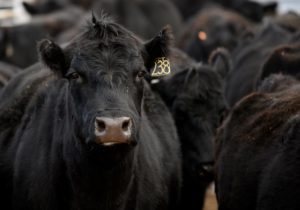Northeast influencers got an inside look at Pennsylvania’s veal industry through “Raising Today’s Veal,” a VIP event hosted Sept. 18 to 19, 2018, in Souderton, Pennsylvania. The tour offered an opportunity to learn about the veal industry in depth, talk with a local veal producer and tour the Marcho Processing Plant in order to better understand the veal community.
 Donna Moenning, a facilitator of the Veal Quality Assurance Program, kicked off the VIP evening on September 18, introducing veal and how these cattle are raised. To further engage our influencers, she touched on industry standards and the level of commitment to quality care by the farm families that raise them. To help tell that story, Mike Kunsman, a veal producer from La Jose, Pennsylvania, went through the day-to-day tasks on his farm, explaining all the care and dedication that goes into raising quality, nutritious protein. Mike is a third-generation farmer and has been a grower for Marcho for the past 16 years.
Donna Moenning, a facilitator of the Veal Quality Assurance Program, kicked off the VIP evening on September 18, introducing veal and how these cattle are raised. To further engage our influencers, she touched on industry standards and the level of commitment to quality care by the farm families that raise them. To help tell that story, Mike Kunsman, a veal producer from La Jose, Pennsylvania, went through the day-to-day tasks on his farm, explaining all the care and dedication that goes into raising quality, nutritious protein. Mike is a third-generation farmer and has been a grower for Marcho for the past 16 years.
Dr. Aydin, Director Research and Nutrition at Marcho Farms, Inc., and Robert Supanick, representative from Mountain States Rosen, also joined the evening gathering to provide insight on all aspects of the veal community. VIP evening attendees included five Registered Dietitians from Massachusetts, New Jersey and Pennsylvania, as well as three career chefs and culinary instructors from Pennsylvania.
The following day, the influencer group and students from the Culinary Institute of Philadelphia joined for a tour of the Marcho Processing Plant, which began as a two-person veal farm when founder Wayne Marcho purchased his first calf in 1969. Today, the Marcho family operates a fully-integrated veal and lamb manufacturing facility — providing premium veal cuts and products for families to enjoy nationwide and globally. Attendees toured the Marcho Feed Mill where precision and science are weaved together to create a balanced, milk-replacer formula, which all the veal growers feed to their calves. The tour then led influencers and students through the harvest floor, processing center and cutting rooms where veal products were cut down and packaged to be shipped to retail and foodservice establishments.
To the surprise of many attendees, the veal animals were a lot larger than expected, being upwards of 500 pounds at the time of harvest, helping to put into perspective how the veal landscape has changed over the year. Many were also excited to hear that all veal calves are now raised in group housing barns, a national initiative that was achieved in 2017.
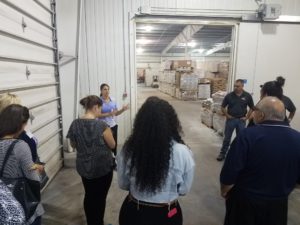
Dr. Sonia Arnold, Manager of Nutrition, Research and Quality Control, and Chad Yoder, Calf Procurement, both of Marcho Farms, led the group through their facility. The day ended with a Veal Parmesan lunch and discussions on how veal is marketed by Anthony Tomassian, a Manufacturer Sales Representative for Marcho.
Throughout the experience, attendees were encouraged to ask questions and openly engage in dialogue with Marcho executives, veal growers and industry members. With the veal community opening their doors to showcase how today’s veal is raised, the Beef Checkoff was able to highlight the improvements the industry has made through group housing and help dispel myths surrounding veal production.
Pre- and post-tour survey results showed a 40 percent attitudinal shift towards a positive favorability rating for beef with all participants citing they feel the positives of beef outweigh the negative.
“I was amazed at how much care was taken at each stage of the veal process, from feeding the calves superior nutrition to housing and transporting them in a clean, safe and humane environment,” commented Kim Schwabanbauer. “This industry has come a long way and that is a story that demands to be told. The other real surprise was the sustainability aspect with the use of an animal that would otherwise be discarded. Every piece of the animal was used in a way that made sense for consumption or for the environment, right down to the heart linings being sent to St. Jude’s Hospital for research. There was a lot of thought put into how to make everything work for the good of the order.”
Attendees were encouraged to check out VealFarm.com and VealMadeEasy.com for more information, recipes, nutrition information and more.
This tour was made possible by the Pennsylvania Beef Council and the checkoff’s Northeast Beef Promotion Initiative with funding support from the Kentucky Beef Council. To learn more about the Pennsylvania Beef Council, visit www.pabeef.org.

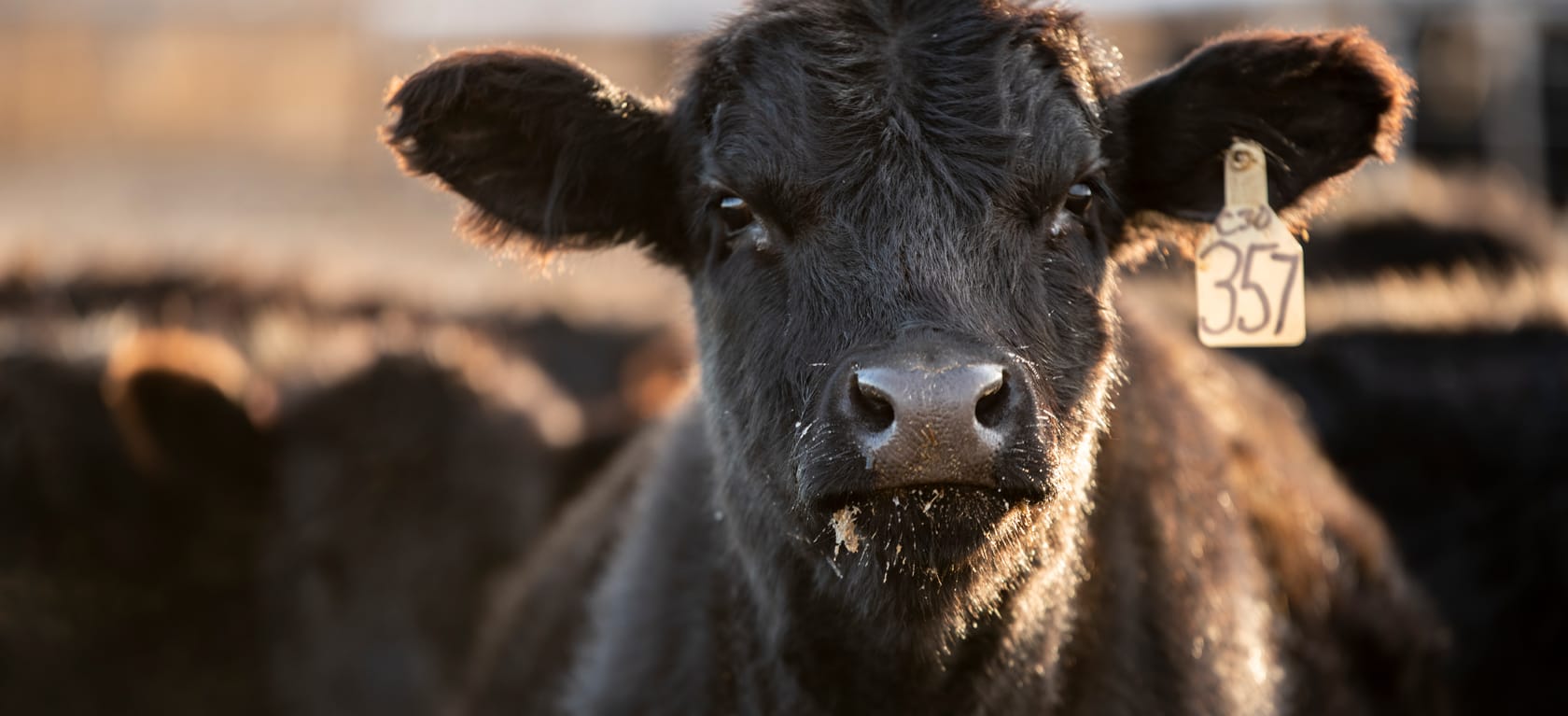
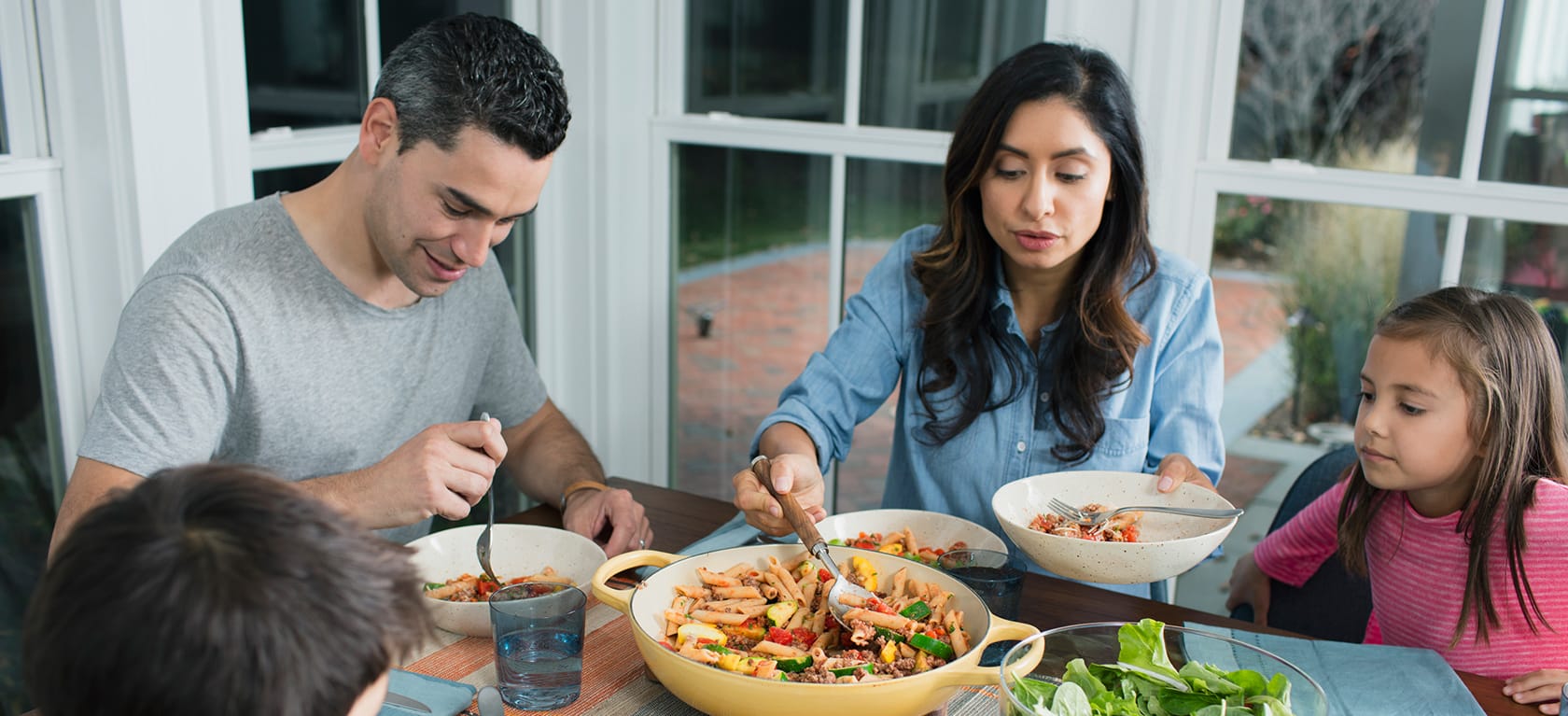
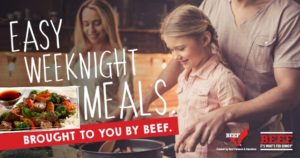
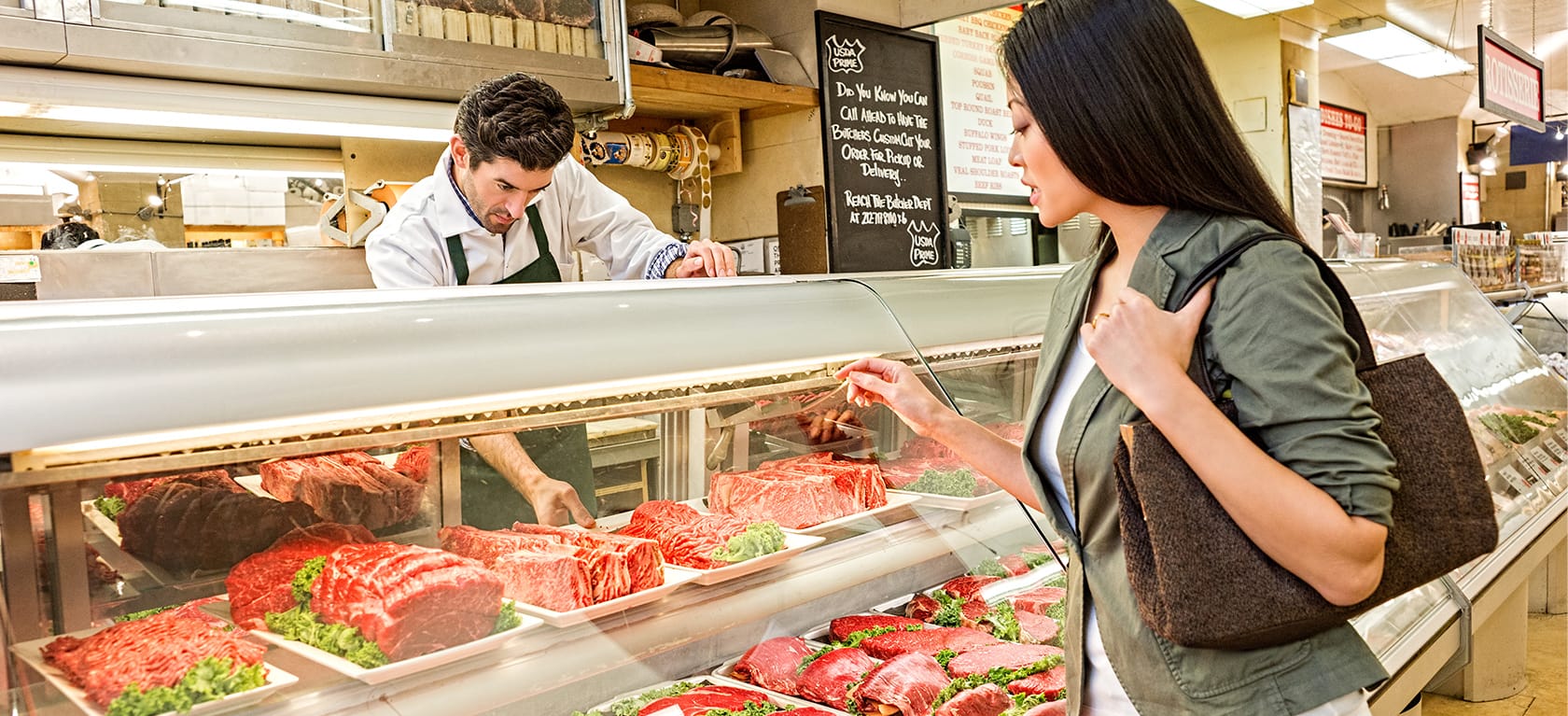
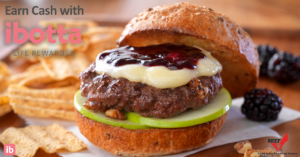 Long gone are the coupon clipping days and instead, modern shoppers can access recipes, cooking tips and product rebates right from their smartphones. The checkoff continues to find value in focusing on influencing the shopper’s buying decision before they step foot inside the grocery store.
Long gone are the coupon clipping days and instead, modern shoppers can access recipes, cooking tips and product rebates right from their smartphones. The checkoff continues to find value in focusing on influencing the shopper’s buying decision before they step foot inside the grocery store. 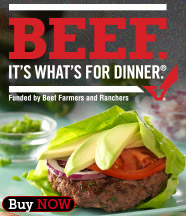 Additionally, the Beef Checkoff’s NEBPI partnered with the East Coast online retailer giant,
Additionally, the Beef Checkoff’s NEBPI partnered with the East Coast online retailer giant, 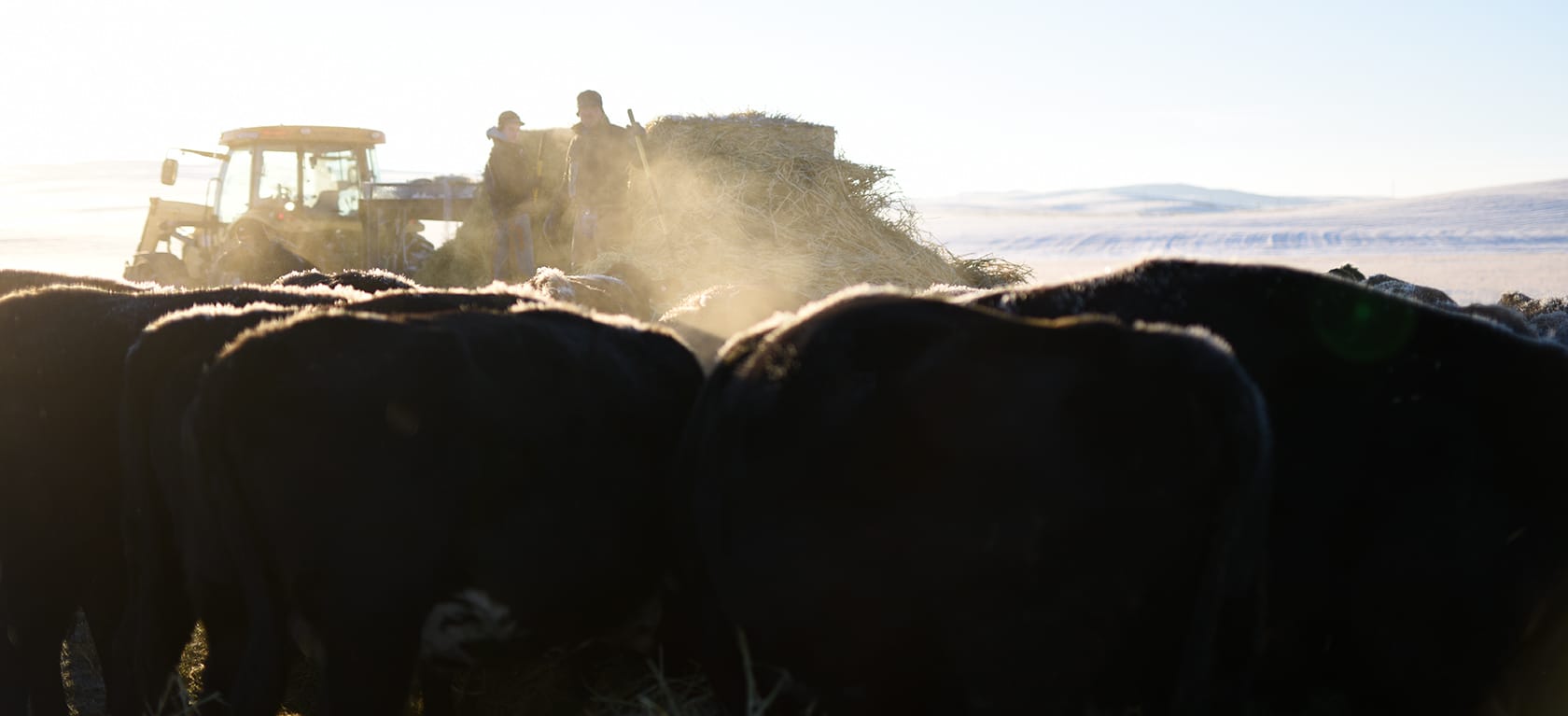
 We heard that beef meals are a favorite on school lunch menus across Pennsylvania and we encouraged attendees to learn more about beef at the conference. The Pennsylvania Beef Council (PBC) and the Beef Checkoff’s Northeast Beef Promotion Initiative (NEBPI) are a year-long sponsor with the association, which enables beef to be a resource and exhibit at their annual meeting. This year, foodservice directors had the opportunity to attend the speaking session titled “Meet the People Behind Beef,” an interactive discussion session highlighting beef’s nutrient density and facilitated a question and answer segment with a local beef producer, veterinarian and meat scientist.
We heard that beef meals are a favorite on school lunch menus across Pennsylvania and we encouraged attendees to learn more about beef at the conference. The Pennsylvania Beef Council (PBC) and the Beef Checkoff’s Northeast Beef Promotion Initiative (NEBPI) are a year-long sponsor with the association, which enables beef to be a resource and exhibit at their annual meeting. This year, foodservice directors had the opportunity to attend the speaking session titled “Meet the People Behind Beef,” an interactive discussion session highlighting beef’s nutrient density and facilitated a question and answer segment with a local beef producer, veterinarian and meat scientist.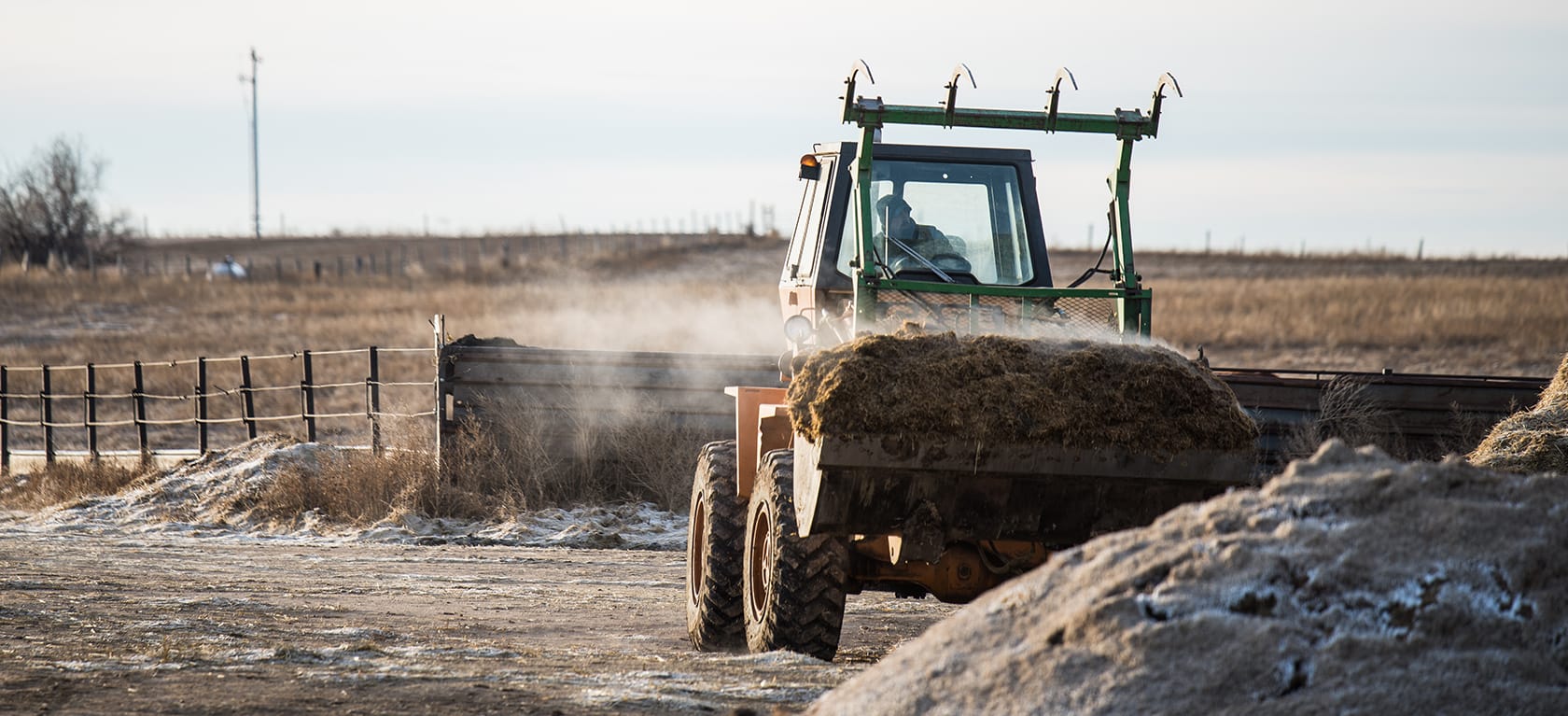
 The tour was held June 25-27, and featured a visit to a cow-calf ranch, feedlot, and the JBS beef processing facility in northern Colorado. Attendees also took part in presentations from beef experts to help reinforce beef’s role in a sustainable food system, received ideas for incorporating sensory and beef umami exercises into their classrooms, and had an opportunity to participate in a beef cooking competition that demonstrated their culinary talents.
The tour was held June 25-27, and featured a visit to a cow-calf ranch, feedlot, and the JBS beef processing facility in northern Colorado. Attendees also took part in presentations from beef experts to help reinforce beef’s role in a sustainable food system, received ideas for incorporating sensory and beef umami exercises into their classrooms, and had an opportunity to participate in a beef cooking competition that demonstrated their culinary talents. The on-air media segments were featured during the Sunday Brunch portion of WBAL-TV’s morning program. During the first segment Chef Bill shared the use of leftover beef as an ingredient in a delicious and nutritious
The on-air media segments were featured during the Sunday Brunch portion of WBAL-TV’s morning program. During the first segment Chef Bill shared the use of leftover beef as an ingredient in a delicious and nutritious 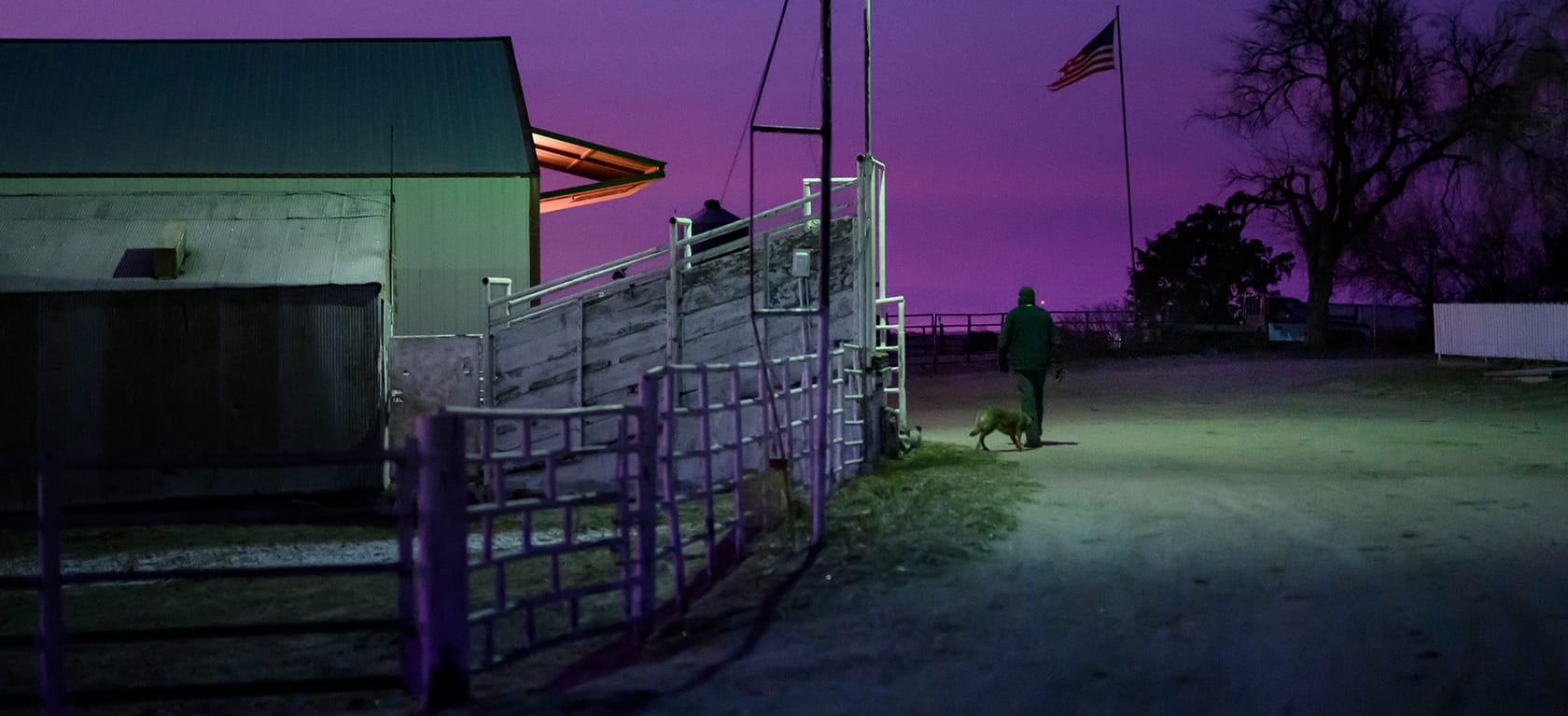
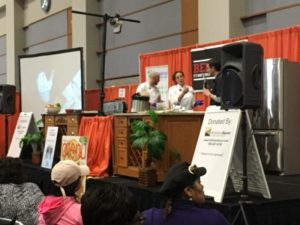 The checkoff’s Executive Chef, Dave Zino attended the Camp Foodservice Director Conference and conducted a 60-minute educational session title, “Heating up the Camp Fire with Beef” where he demonstrated three youth-friendly ground beef recipes featured on the Beef. It’s What’s for Dinner. website.
The checkoff’s Executive Chef, Dave Zino attended the Camp Foodservice Director Conference and conducted a 60-minute educational session title, “Heating up the Camp Fire with Beef” where he demonstrated three youth-friendly ground beef recipes featured on the Beef. It’s What’s for Dinner. website.  Ryan Goodman, Director of Grassroots Advocacy and Spokesperson Development with the National Cattlemen’s Beef Association, a contractor to the Beef Checkoff, hosted a Media Training session and Mock Interviews attendees. His session left the chefs with confidence and skills to help prepare for any kind of interview or demo opportunity – phone, radio, on-air. Laura Hagen, Senior Director of Culinary with the National Cattlemen’s Beef Association was on-hand to share the logistics of on-air demonstrations.
Ryan Goodman, Director of Grassroots Advocacy and Spokesperson Development with the National Cattlemen’s Beef Association, a contractor to the Beef Checkoff, hosted a Media Training session and Mock Interviews attendees. His session left the chefs with confidence and skills to help prepare for any kind of interview or demo opportunity – phone, radio, on-air. Laura Hagen, Senior Director of Culinary with the National Cattlemen’s Beef Association was on-hand to share the logistics of on-air demonstrations.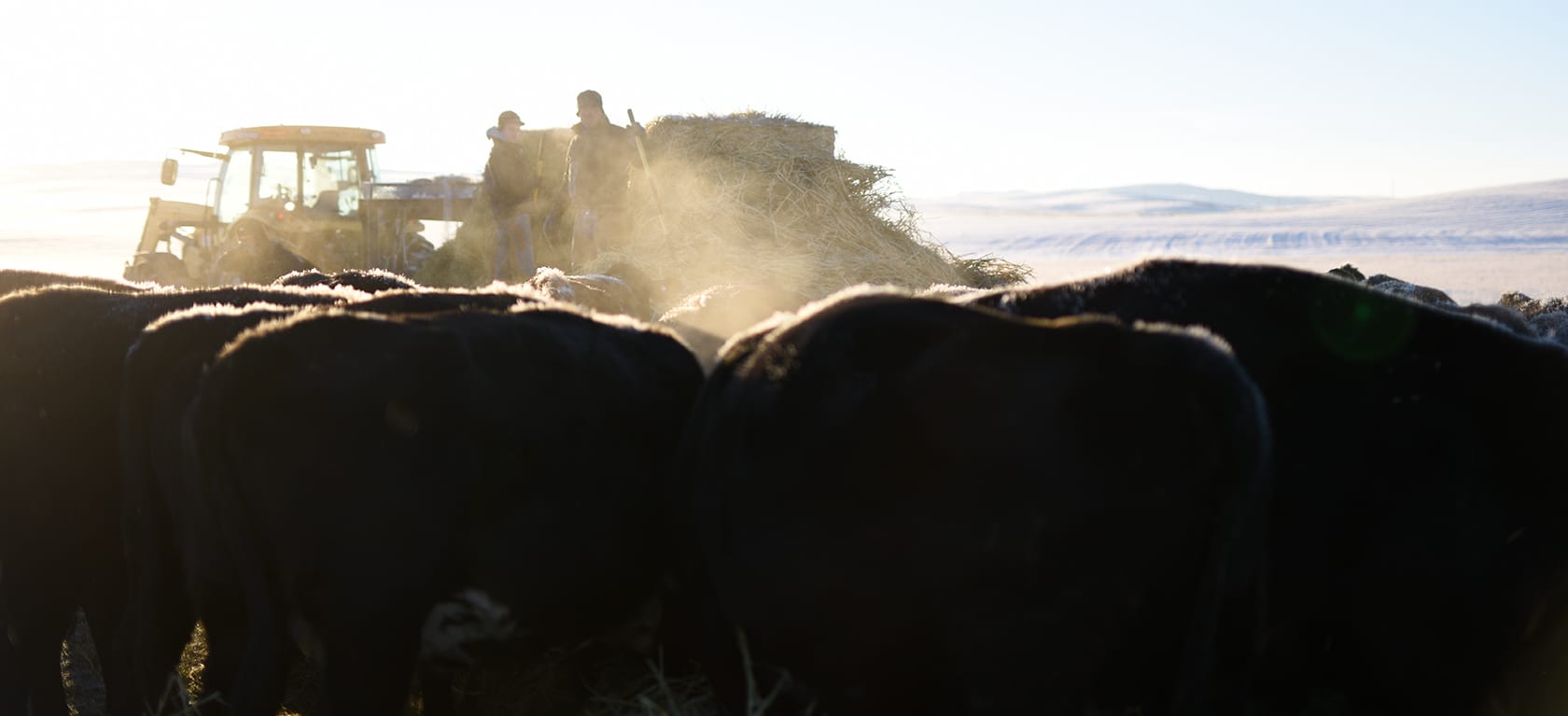
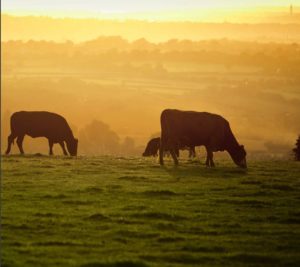 The Cattlemen’s Stewardship Review (CSR)
The Cattlemen’s Stewardship Review (CSR)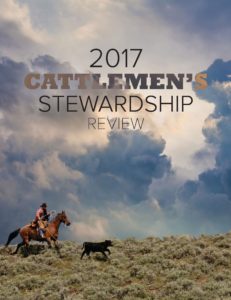
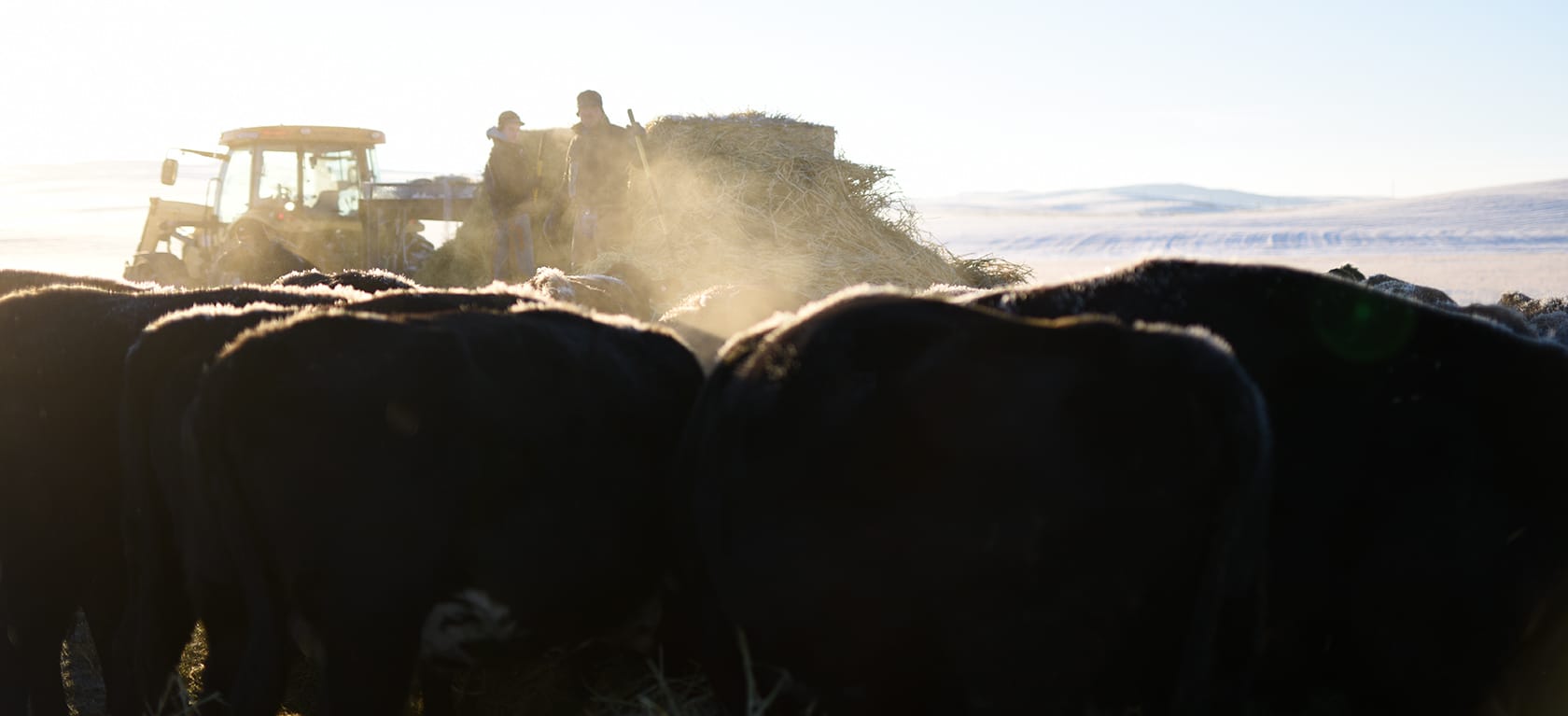

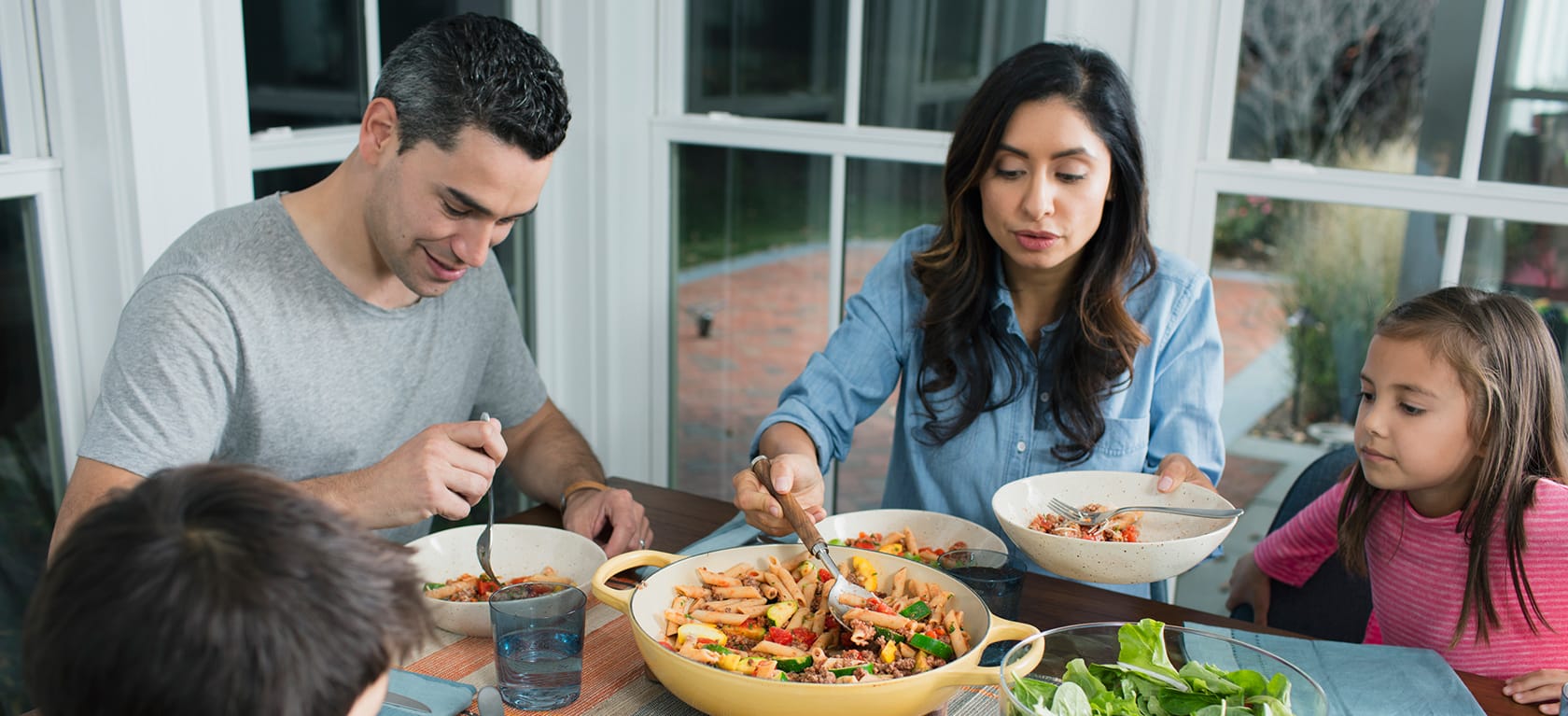
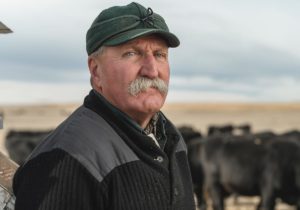 The Beef Checkoff works to build consumer confidence at every stage of beef production. These investments help drive demand for beef, and are all part of a comprehensive strategy focused on safety, quality, animal welfare, antibiotic stewardship and consumer education.
The Beef Checkoff works to build consumer confidence at every stage of beef production. These investments help drive demand for beef, and are all part of a comprehensive strategy focused on safety, quality, animal welfare, antibiotic stewardship and consumer education.